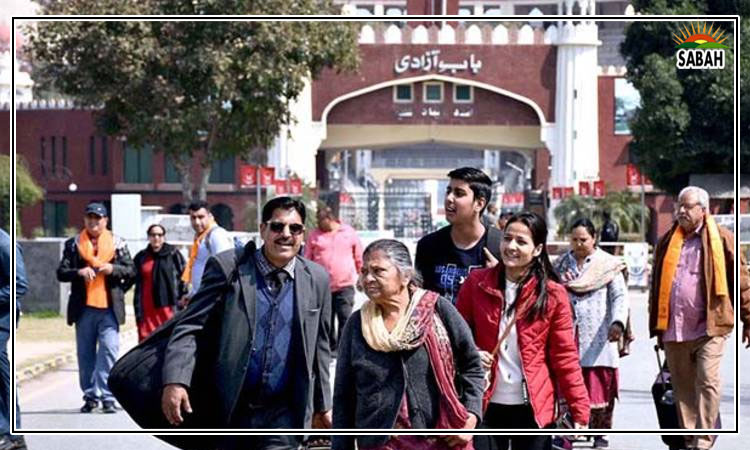The cost of ‘jugaar’… Muhammad Hamid Zaman
Jugaar (sometimes written as jugaad) is our way of finding frugal hacks or solutions to what may otherwise require complex, complicated and expensive technological gadgets. For as long as I can remember, jugaar has always been everywhere around us. When I was growing up, well before there were dish antennas, catching Indian channels was all the rage in Lahore and Islamabad. People would put metal pots next to their antennas so they could see blurry, unstable and static filled channels from across the border. I also remember people turning their motorcycles in bizarre angles so the last few drops of expensive petrol could take them a couple of extra miles. On the one hand, this indigenous creativity is charming and speaks of peoples determination to make things work when resources are limited. But the other and perhaps an awfully dark side of jugaar also exists, one that we saw last week in Battagram.
The successful operation to save eight people stuck in a makeshift chairlift for painfully long hours was a result of bravery and commitment on the part of many. The military personnel, the private companies that came to help and local volunteers demonstrated the highest values of care and concern for others, even when the odds were stacked against them.
In the aftermath, it has been reported that the government has arrested the owners of the said chairlift. While questions should be asked, the problem is not simply with one chairlift operator, and neither will the arrest of one group of owners solve the risks faced by millions to just access their basic rights of education, electricity, water and transportation. Poorly constructed chairlifts are part of a bigger problem where we use jugaar to fix broken electrical equipment, find risky homemade solutions to crippling power crisis, and heat or cool our homes because well-functioning equipment is out of reach.
Jugaar is a sign of resilience. But like resilience and toughness, it is a double-edged sword. On the one hand, we face challenges and find solutions to cope. Power cuts lead to the country relying on UPS systems. Water shortage leads to people calling up private container companies. Lack of clean water forces us to pay for bottled water. But at some point, we must ask: where does it end? Our own solutions mean that we have to pay for what should be the right. People should not have to pay for bottled water every time they get thirsty. They should not have to pay for UPS installation and maintenance on top of the escalating electricity bills.
The situation with jugaar is no different. It is commendable that people find a way to cope and try to access what is rightfully theirs, but it comes at an exceptional cost. At times, that cost is paid through their lives. Jugaar is neither scalable nor sustainable. It is built upon the creative spirit, but that alone is not enough to make sure it is safe. The scientific principles underlying jugaar may or may not be sound. Because the solutions are high risk; in the long-run, jugaar makes us poorer and less safe.
In a system with massive loopholes and an awfully weak regulatory arm of the state, jugaar endangers lives. Those lives are disproportionately of the socio-economically disadvantaged.
I have always been an admirer of indigenous innovation and creativity, but in this day and age, this creativity is giving our governments the licence to do less and less for its people, and get away with it. It is also giving people a financial and psychological burden that is impacting their lives in profoundly negative ways. Jugaar by design is meant to be temporary and occasional. It should not be accepted as a permanent mode of survival.
Courtesy The Express Tribune












